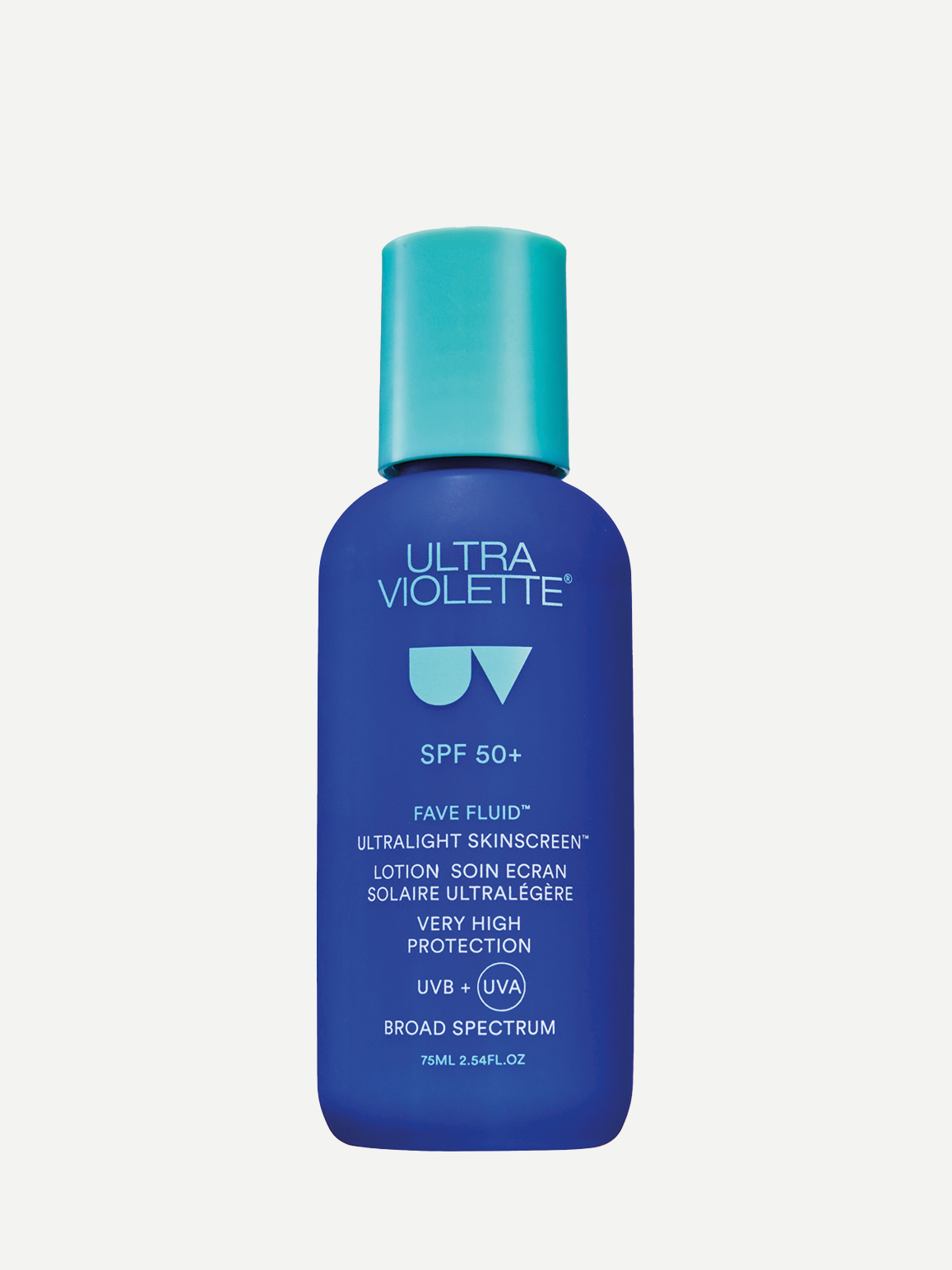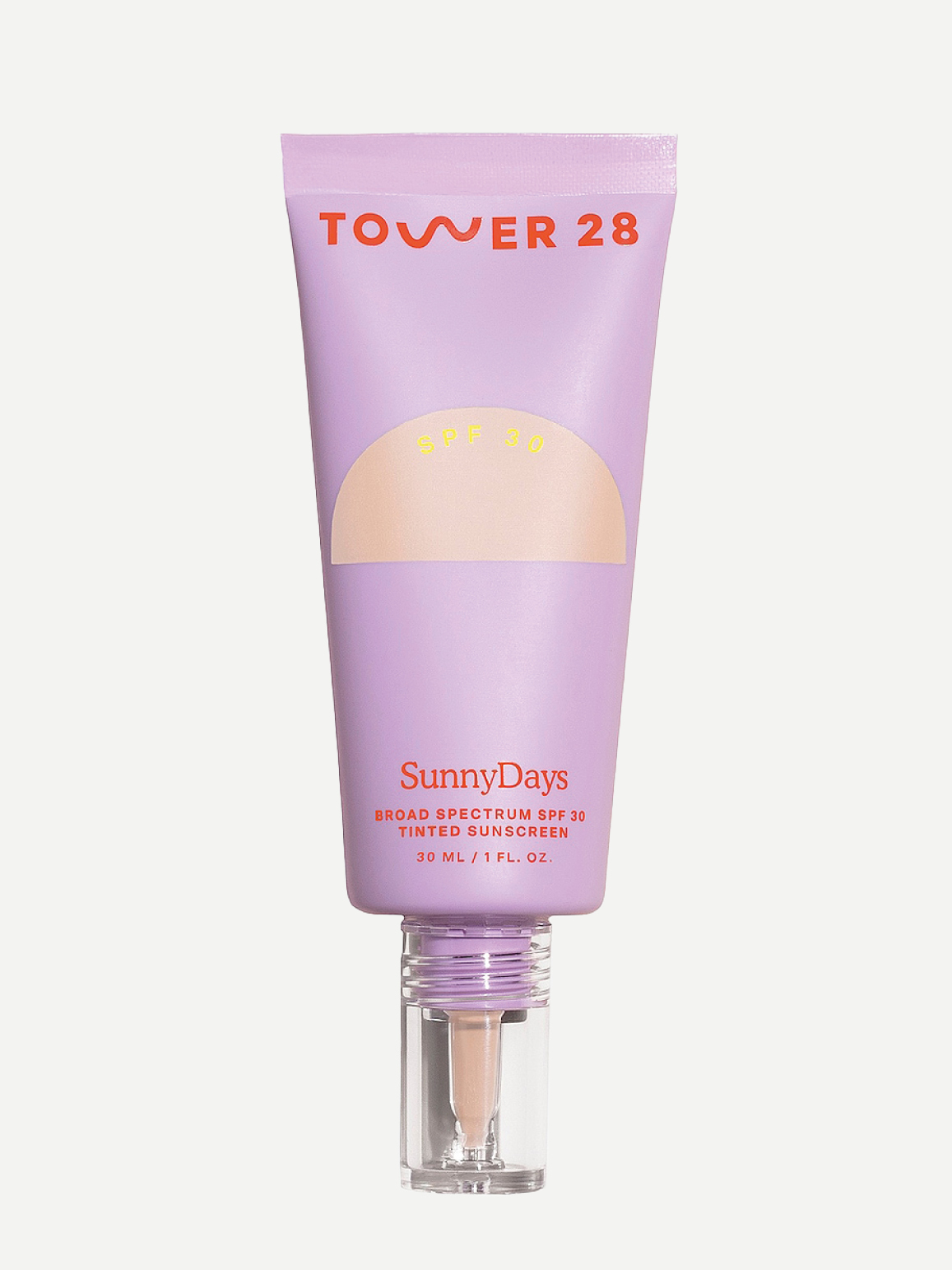The single most important product for skin protection, anti-ageing and longevity is SPF, having long proven its potency and protective capabilities against the sun’s harsh rays. With summer firmly on the horizon, now is as valuable time as any to reflect on the virtues of sun protection, regardless of whether you love to soak up the summer rays or prefer to remain safely in the shade.
This season, when choosing the right sunscreen for you, look to our line-up of exceptional options for something that protects your skin without clogging it and gives you an enviable glow in the process.

With the efficacy of sunscreen is so grounded in its scientific accomplishments, it’s no surprise that most of us lack an in-depth understanding of exactly why it’s such an essential aspect of our daily routine. Few dermatologists refute SPFs role in a skincare regimen, but there’s still a lot of confusion surrounding which to use when, often leaving us with more questions than answers. Here, we delve deeper on the subject in a bid to educate on this beauty essential
SPF is short for sun protection factor, and at its most basic, is a unit of measurement for exactly how much a product will act as a shield for your skin. Regular SPF use significantly reduces your risk of squamous cell carcinomas and melanoma. And while exposure to the sun initially seems like the easiest way to achieve a golden glow, over time it leads to pigmentation, sagging skin and wrinkles. Billion-dollar beauty industry aside, a simple SPF is our most powerful tool to maintain a youthful visage, no question.
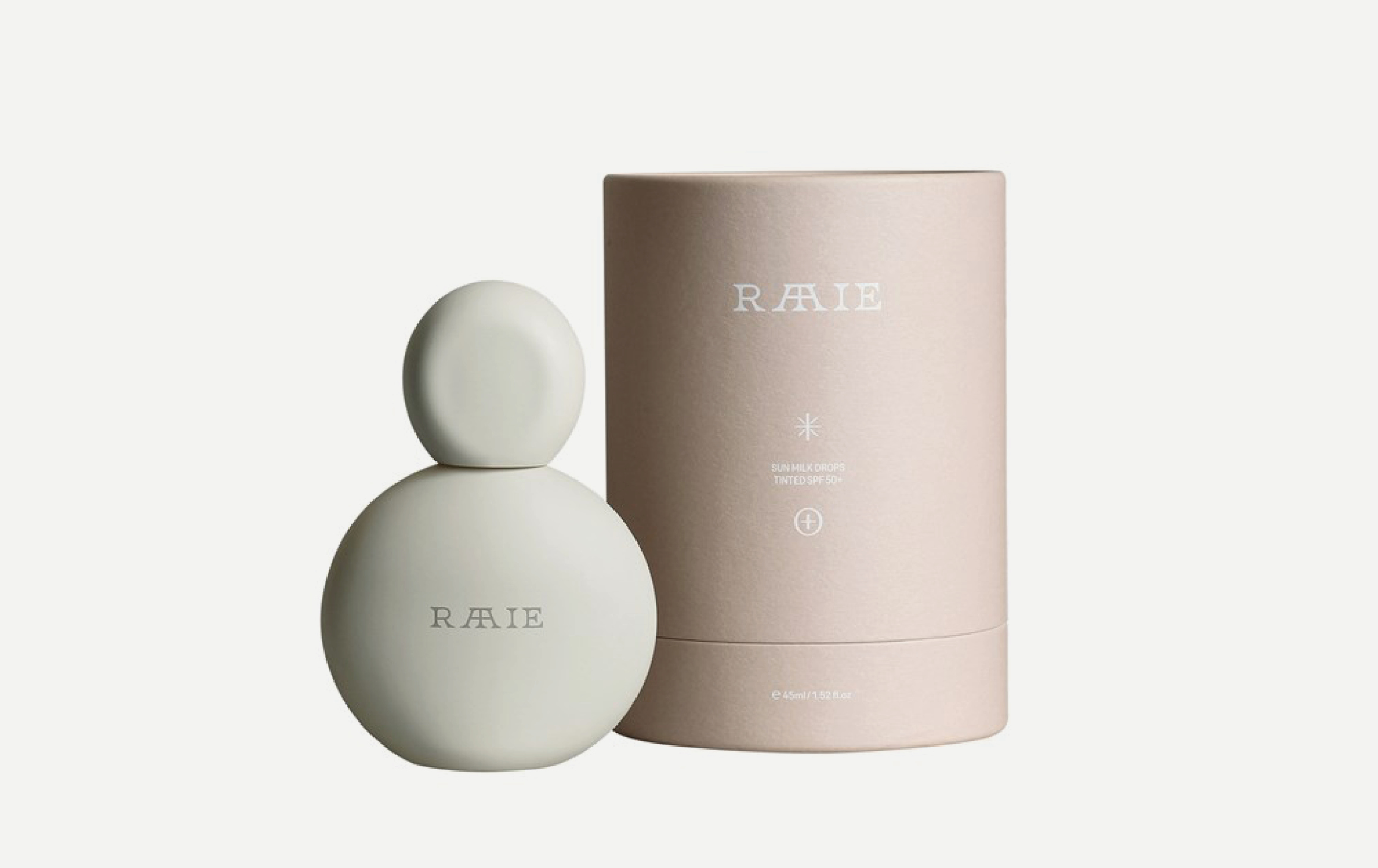
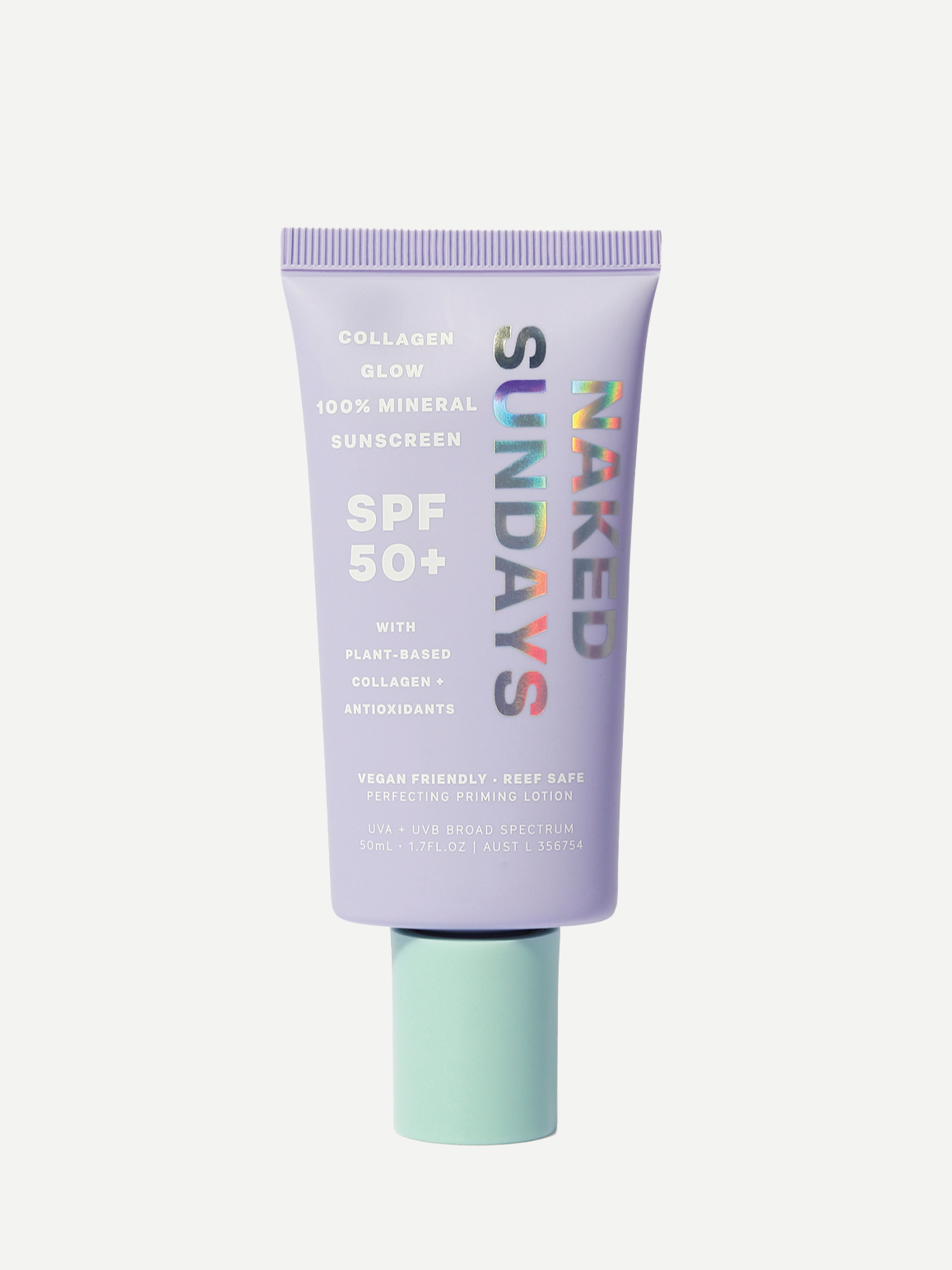
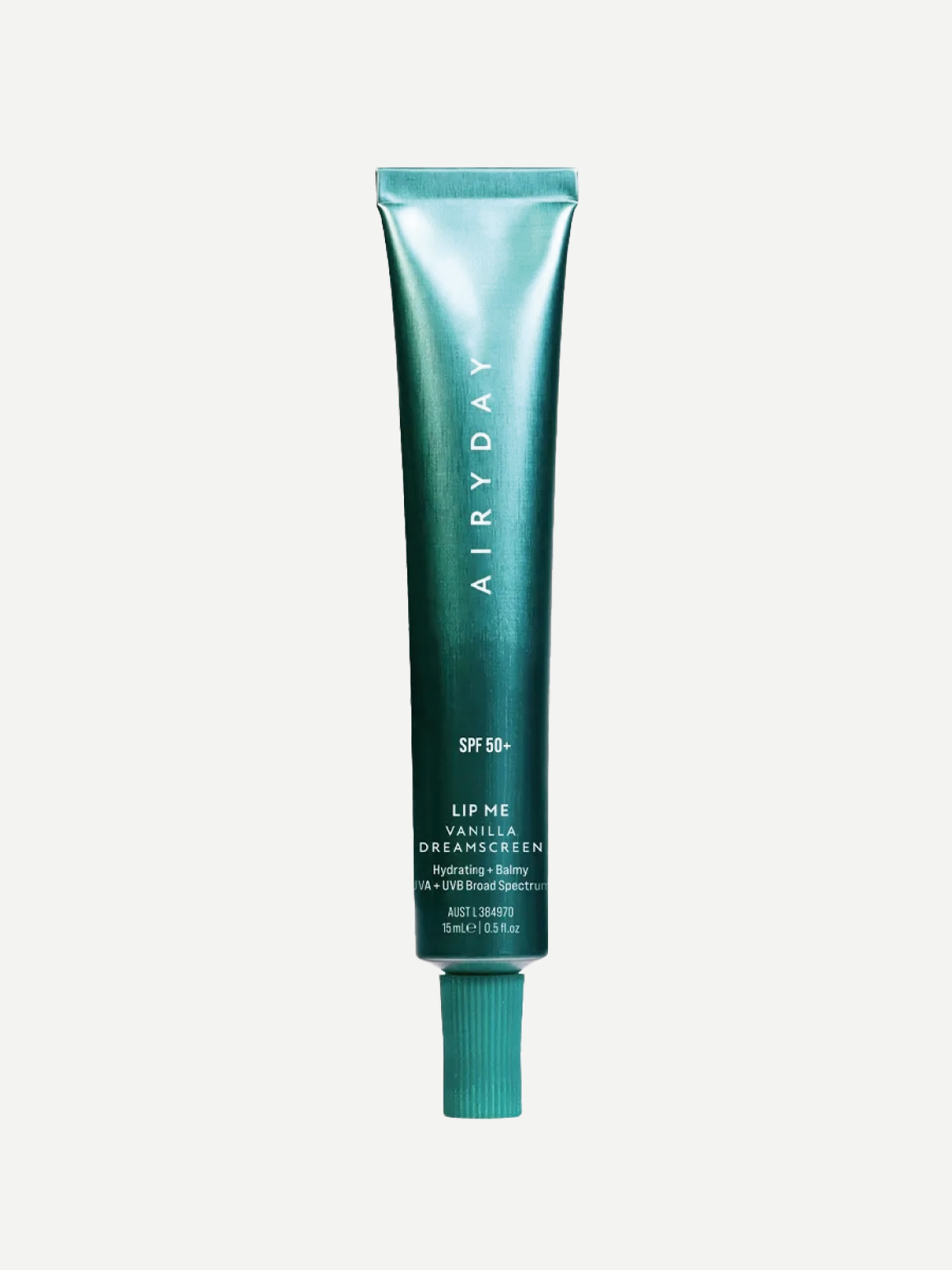
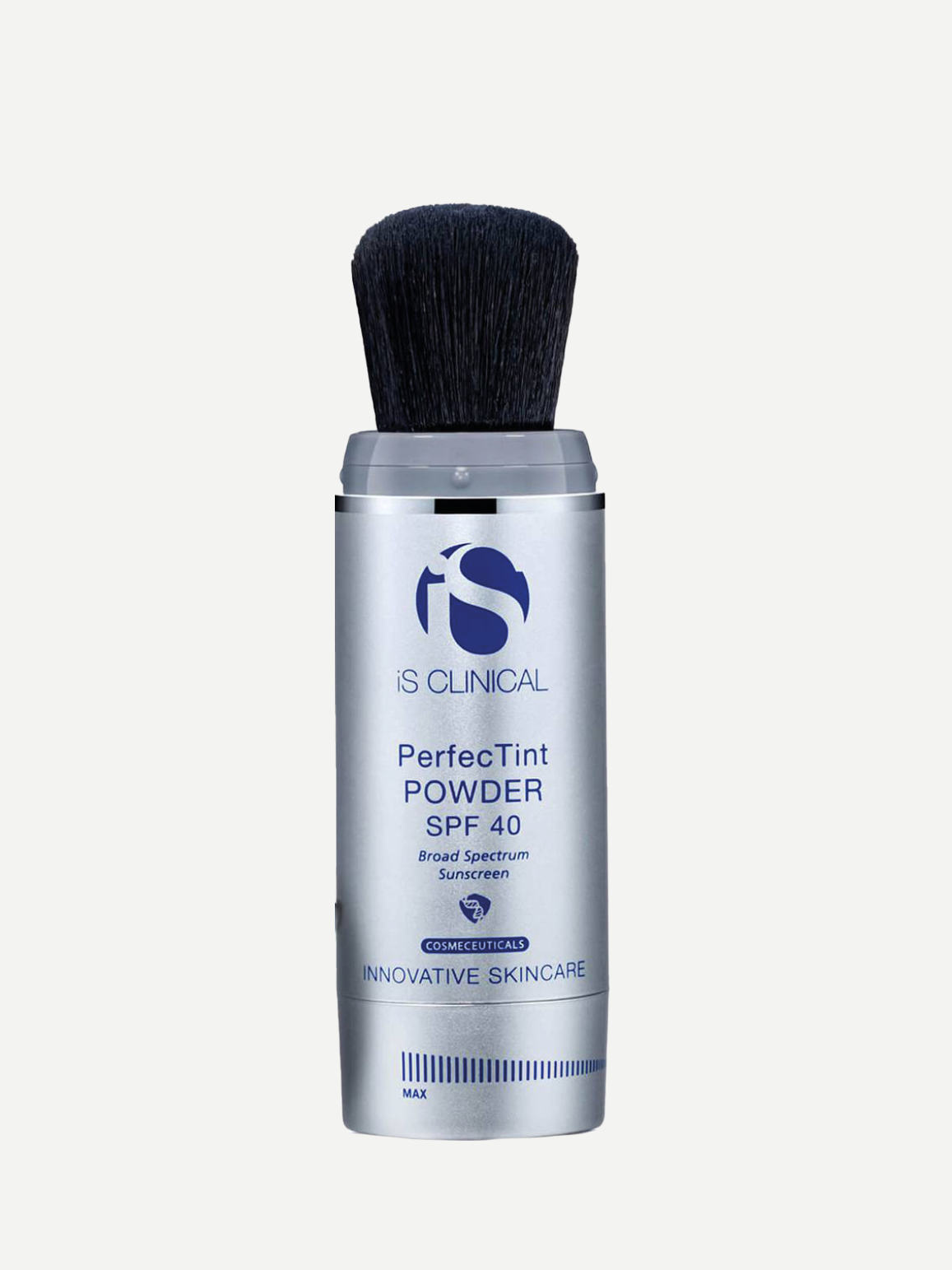
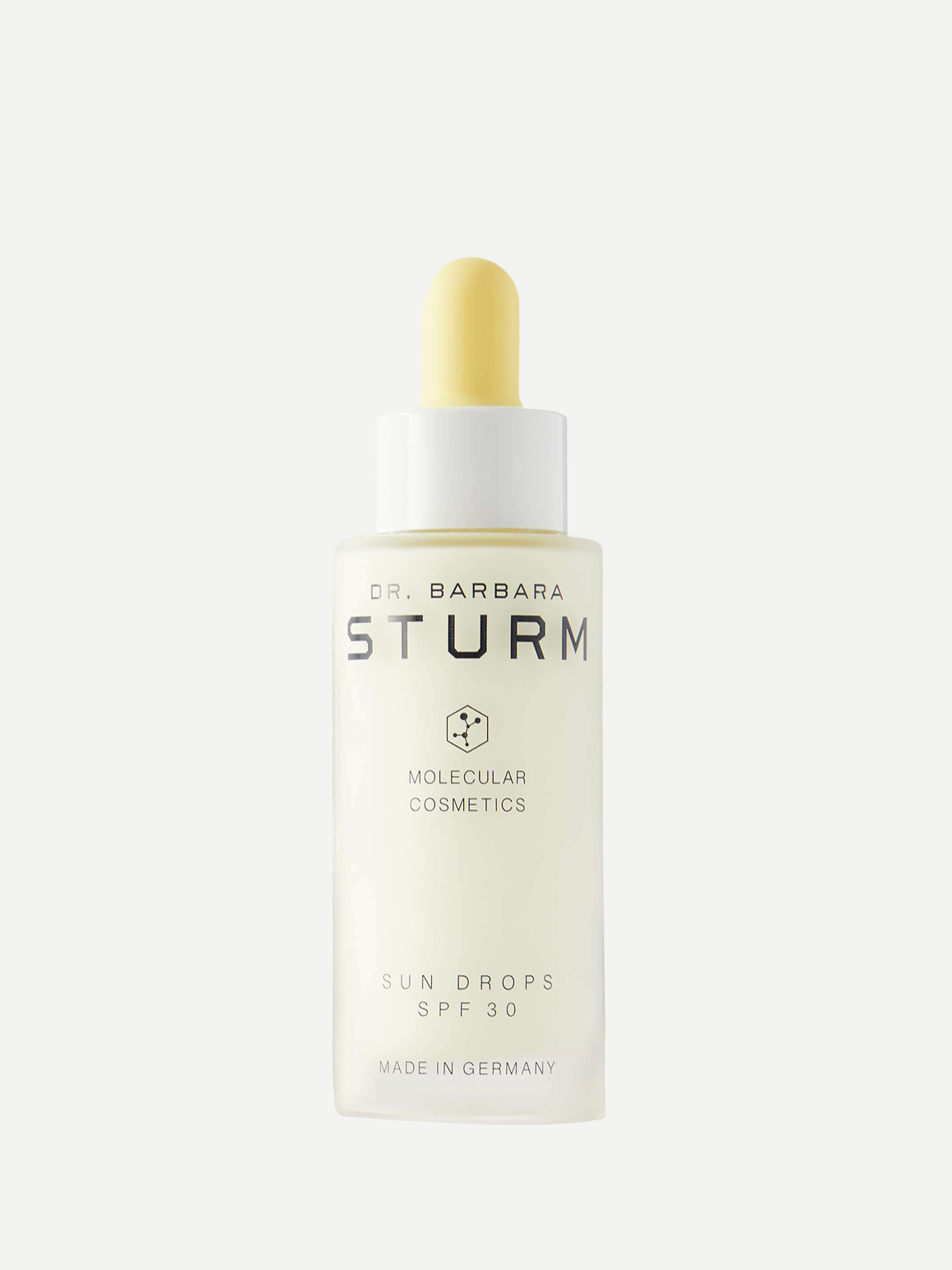
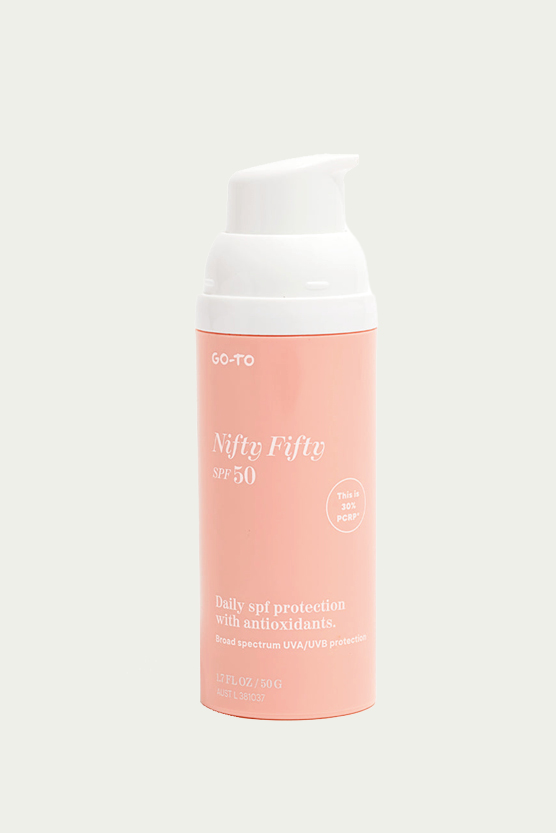
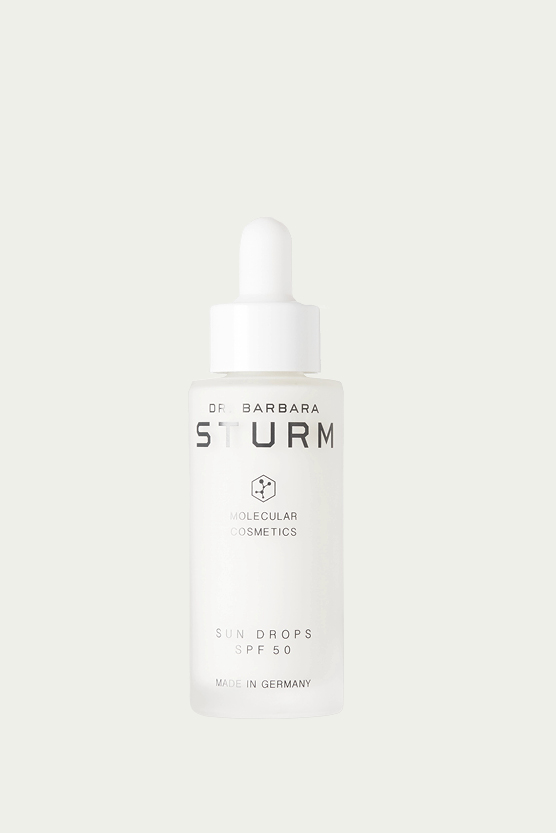
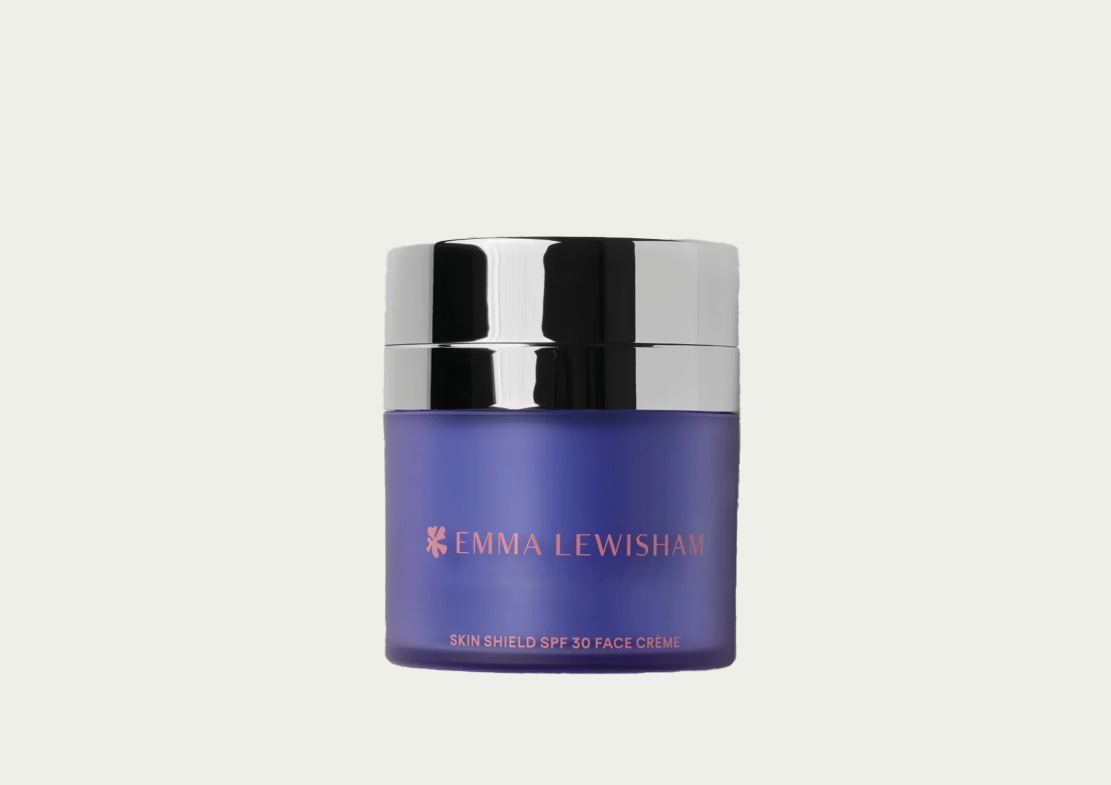
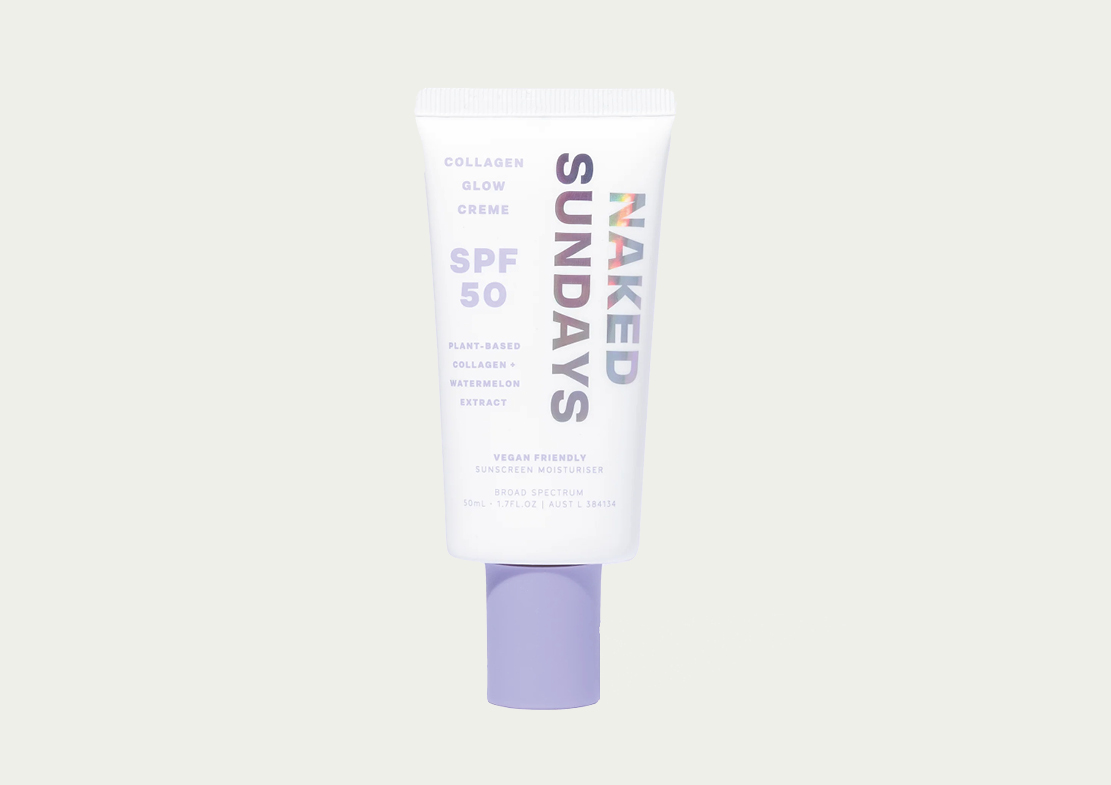
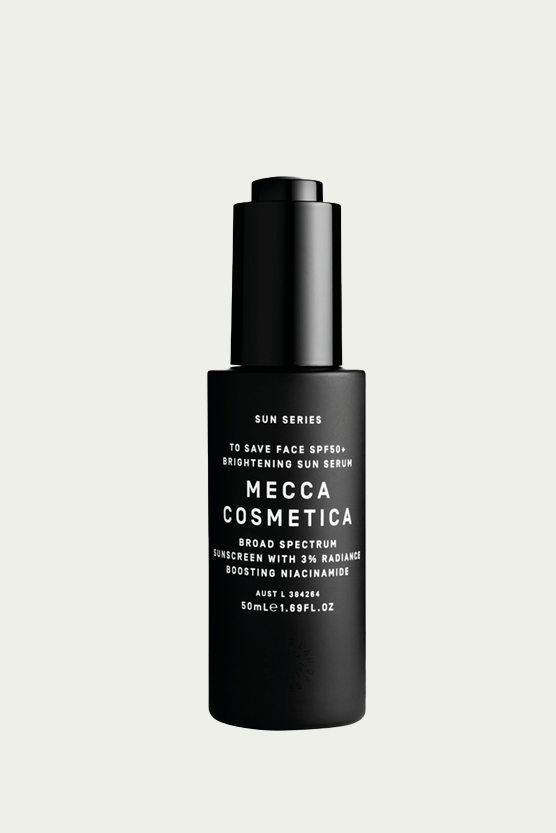
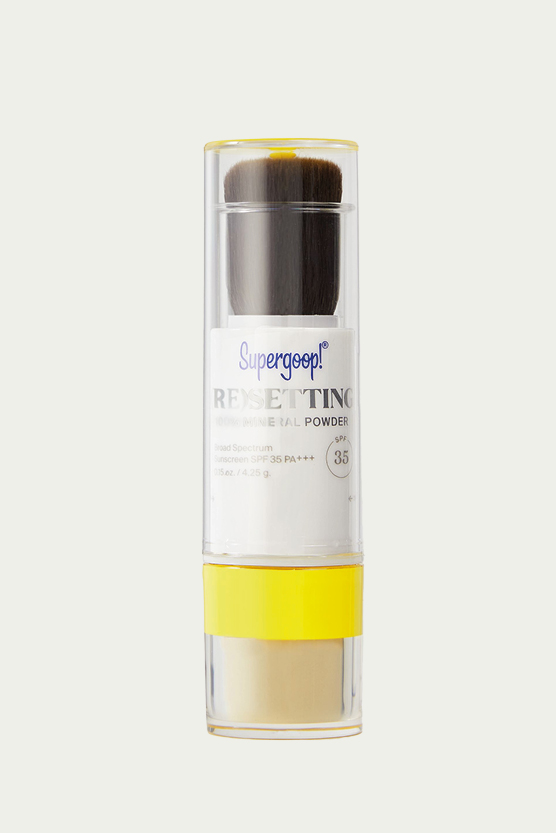
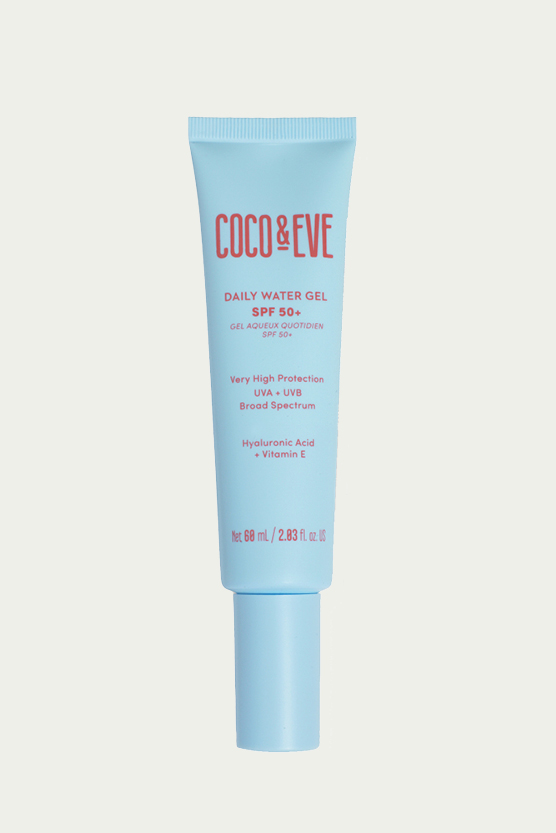
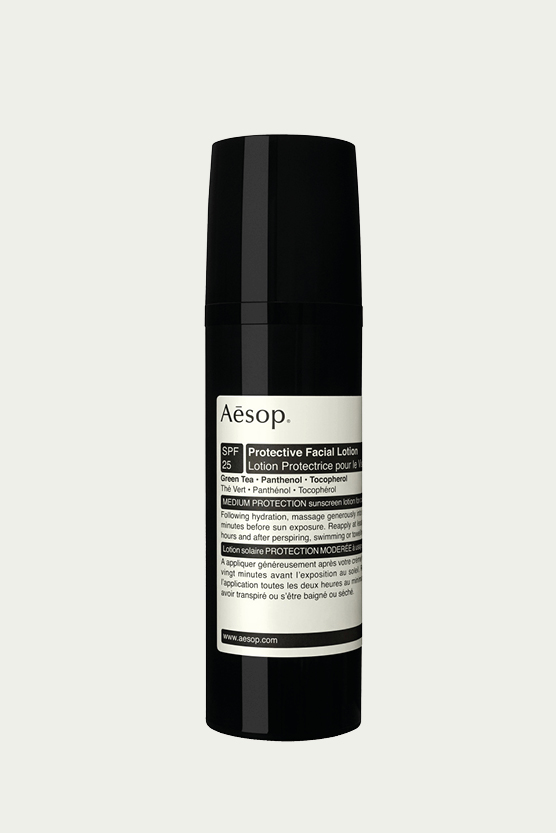
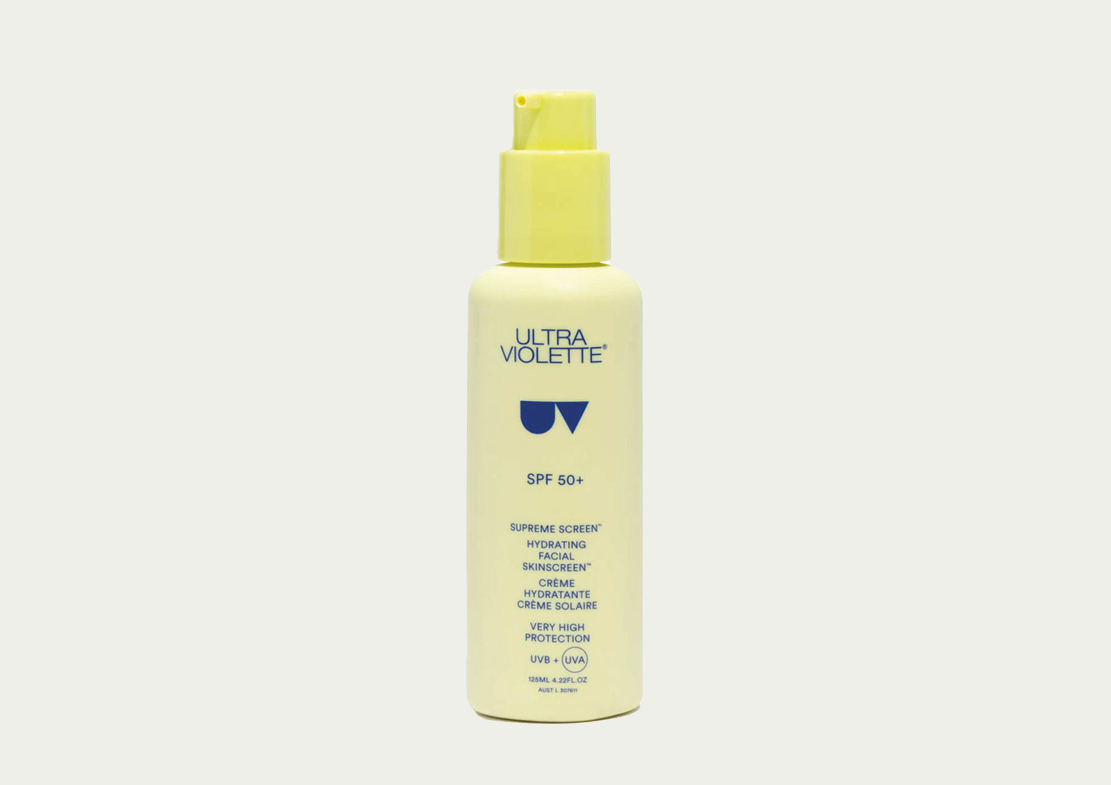
While you’re right in thinking everyone needs a few minutes a day of unimpeded sunshine to maintain healthy vitamin D levels (20 minutes is ideal), SPF is simply considered a filter, determining how much UV-A and UV-B light our skin can absorb. The higher the SPF, the tighter the filter. Ideally, for days spent outdoors, most dermatologists wouldn’t recommend anything less than SPF30+ — to future-proof your face. And while there is a misconception that an SPF of this calibre requires a thick, comedogenic formula that can clog up the pores; finding the right formulation for your skin is easy — if you know what you’re looking for.
Those prone to oily skin will do well with a lightweight formula like Mecca’s SPF50+ Brightening Sun Serum. For dryer textures, hydrating ingredients like ceramides and hyaluronic acid will further moisturise the skin and keep any dry patches from seeping up the sun protection. For those with sensitive skin, steering away from a chemical SPF in favour of a mineral option rich in natural zinc oxide can limit the chance of irritation (coincidentally, zinc is an excellent mineral for supporting skin health and addressing any bacteria-related acne). But with that in mind, a chemical formulation doesn’t always necessarily mean irritating — and in some instances, these ingredients can aid in the healing process.

If possible, avoid 2-in-1 products where the SPF is included but isn’t the main event. Although they might be an easy reach, (and if they’re the only way to get protection on your skin, go for it), using a separate moisturiser and sunscreen is ideal. Basically, you want your moisturiser to sink into your skin, where the nutrients can be absorbed before applying your sunscreen about five minutes later, allowing it to sit as a protective layer on top (this also eliminates the chance of comedogenic breakouts, too). It’s also incredibly rare to find multi-purpose products that offer full-spectrum sun protection. Something to definitely keep in mind.
Instead, what you should be looking for on a label is broad-spectrum, water-resistant, and SPF30-50+ (but 15+ will suffice if you’re spending the day inside). These essential considerations will give you a foolproof face for wherever your summer day activities may take you.
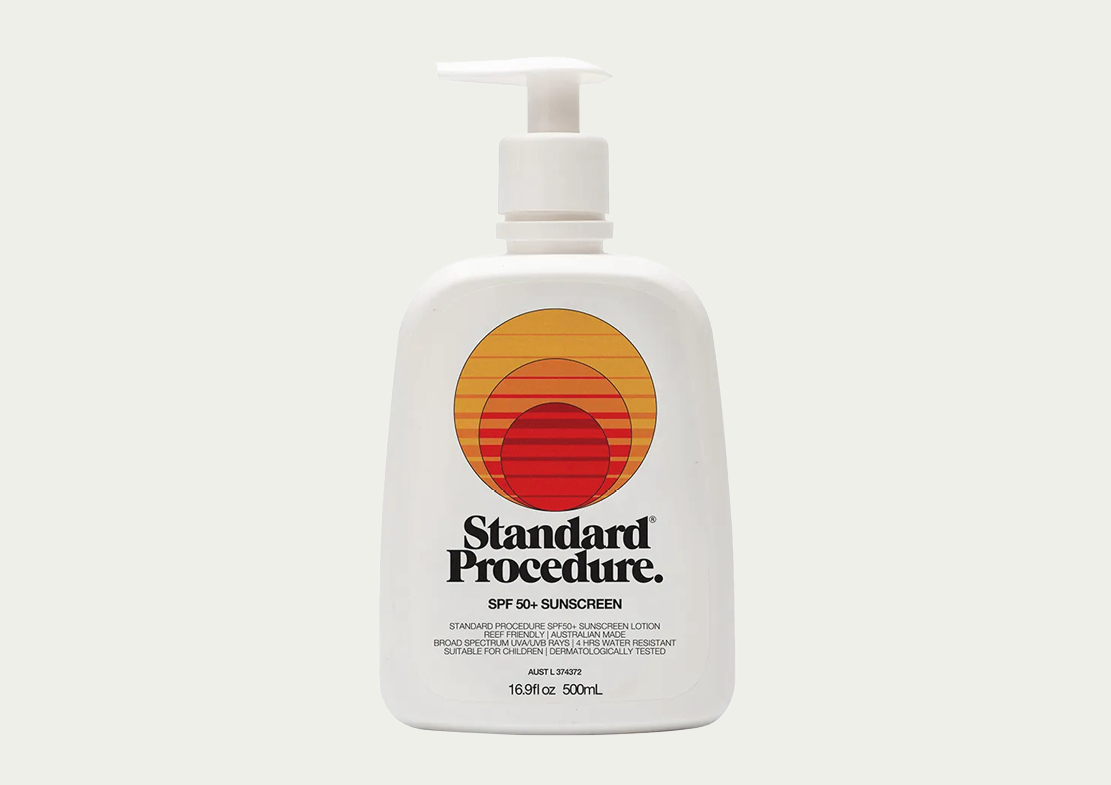
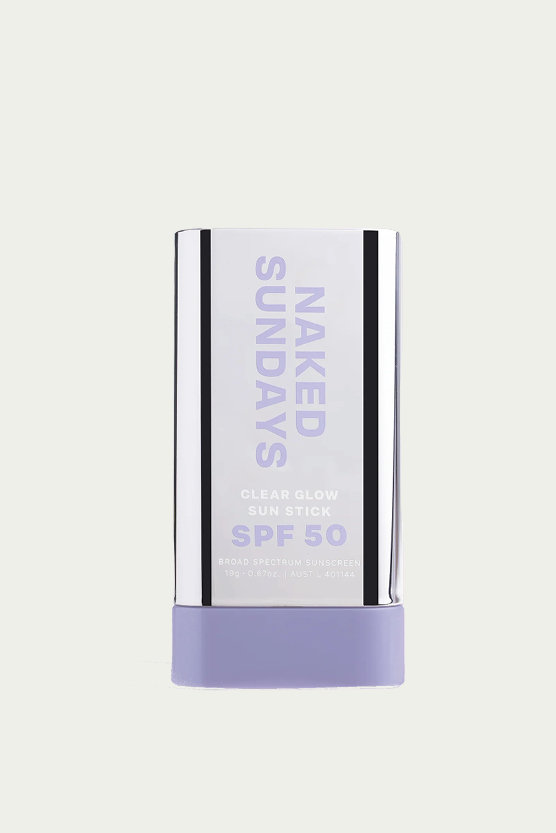
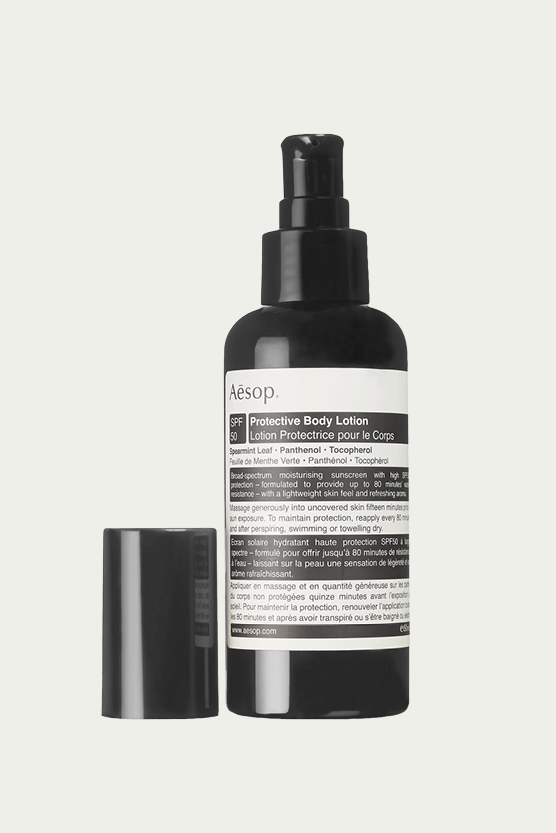
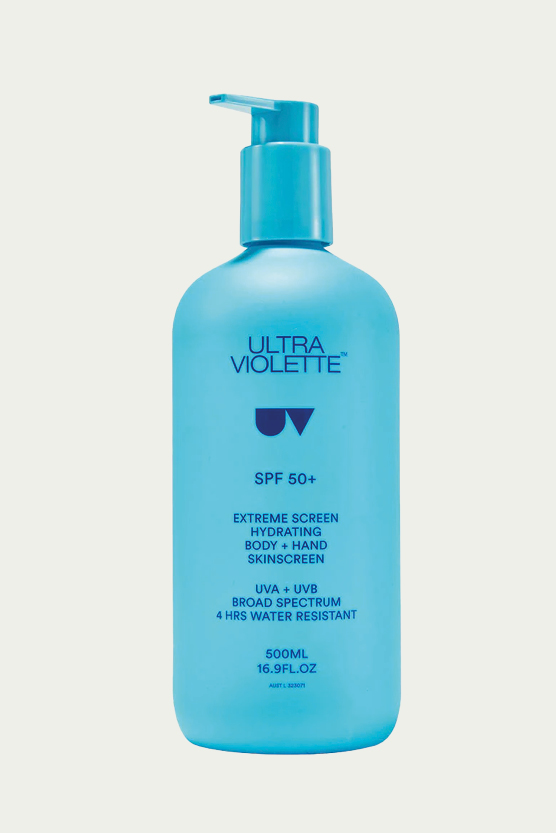
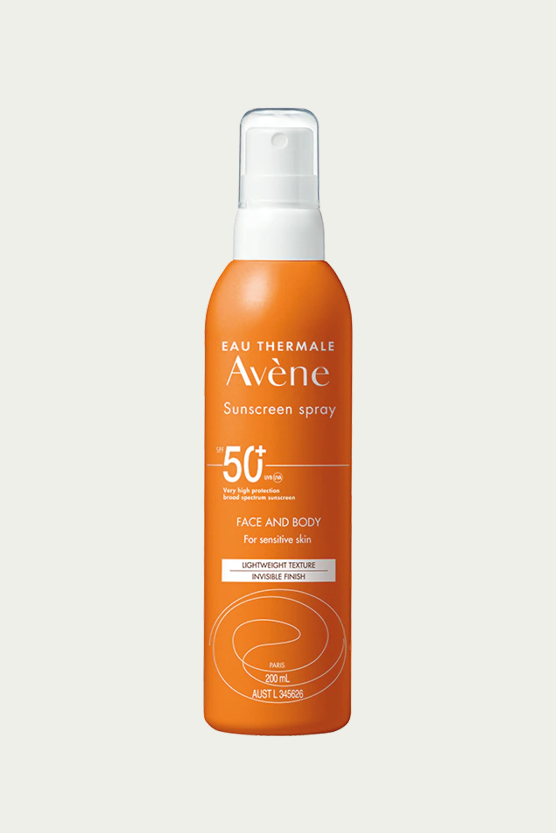
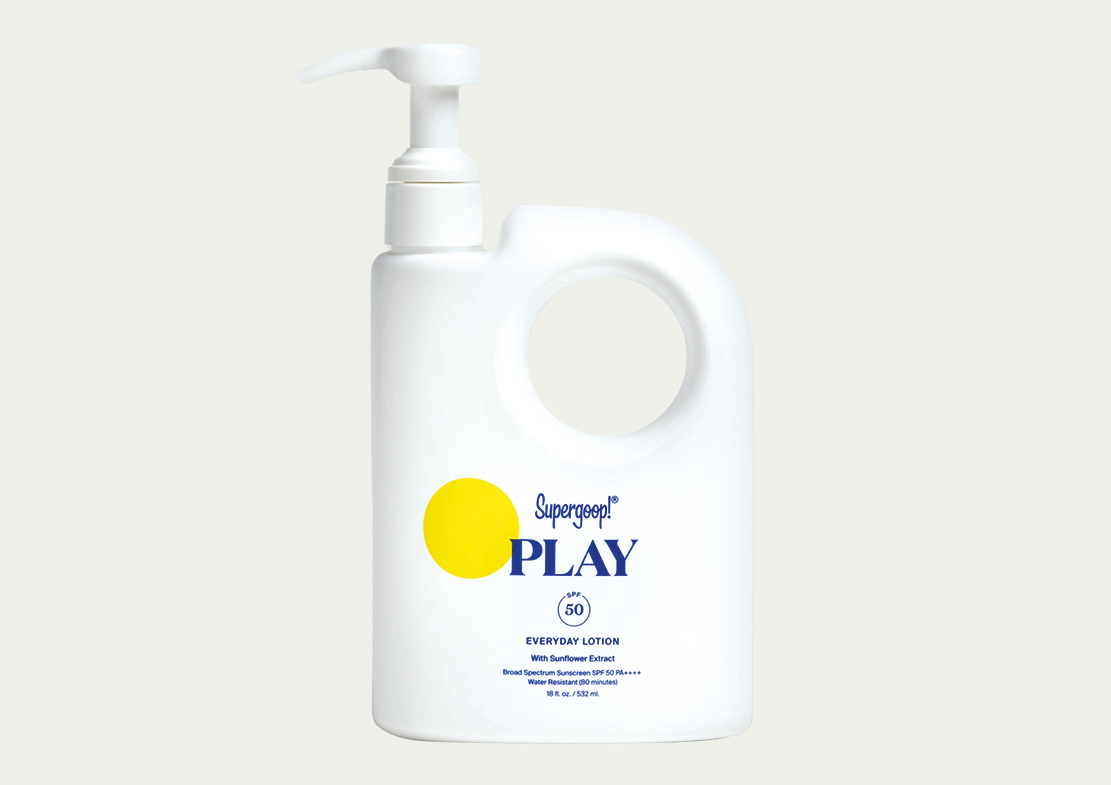
And while we’d love a sunscreen that lasts all day, reapplication is an essential but often forgotten step for successful SPF use. So, the question becomes, how do you reapply sunscreen throughout the day if you’re wearing makeup? It’s as simple as spraying it on with a mist. Not only will this act as a refreshing midday dose of moisture (essential for anyone seeking solace from the office aircon), it will ensure that your sun protection remains replenished for an afternoon of activities.
It may seem like a laborious process, particularly given the amount of time we spend splashing around in the water over summer. But a few decades down the track, you’ll thank yourself for the commitment.


